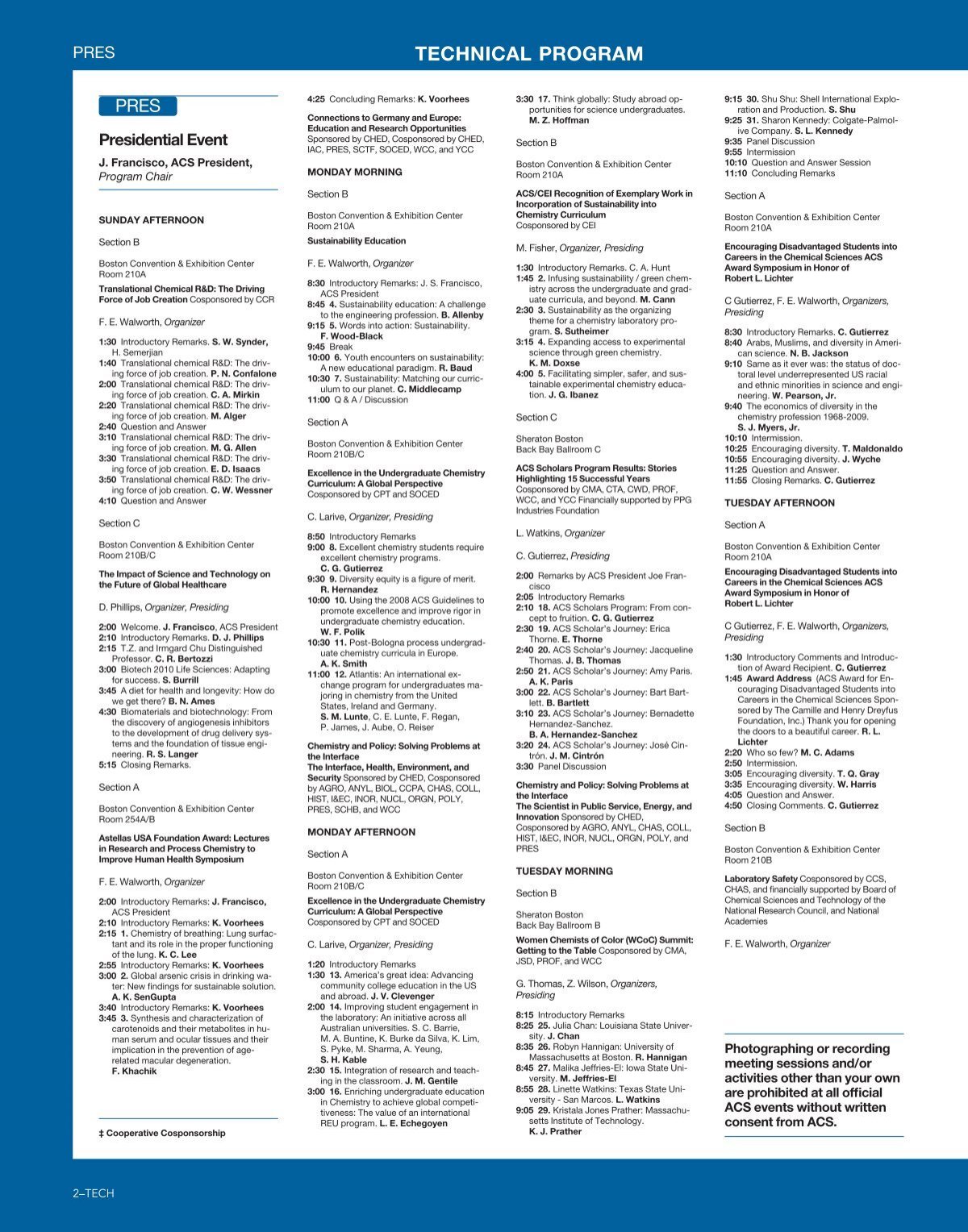Exploring Ionic And Covalent Bonds Gizmo - Valence Electrons Essay Olliatutep / In the covalent bonds gizmo, students can select electrons to share between atoms.
Exploring Ionic And Covalent Bonds Gizmo - Valence Electrons Essay Olliatutep / In the covalent bonds gizmo, students can select electrons to share between atoms.. Ionic and covalent bonds hold molecules together. A table to enter charges for ions and to create. Certainly more common in biology, but being more common. You can calculate the charge of an atom by subtracting the. Ionic bonds and covalent bonds.
Click play () to see electrons orbiting the nucleus of each atom. To begin, check that sodium (na) and chlorine (cl) are selected from the menus at right. As we shall explore in this section on ionic bonding, ionic bonds result from the mutual attraction between oppositely charged ions. The ionic bonds gizmo™ allows you to explore how ionic bonds form. Www.explorelearning.com › gizmos building ionic and covalent compounds.

Covalent bonding is dominant in organic chemistry, but ionic bonds generally have higher dissociation energies.
Double and triple covalent bonds. These bonds deal with the exchange of electrons. Ionic and covalent bonding assessment: The ionic bonds gizmo™ allows you to explore how ionic. Ionic bonds and covalent bonds. The two electrons in that pair act as if they are in the outer energy level of both atoms at the same time, helping each atom. Covalent bonding is dominant in organic chemistry, but ionic bonds generally have higher dissociation energies. Doing this, atoms form bonds. I'm not sure why your friends have been led to believe that covalent bonds are stronger, as that's generally not true. In a covalent bond, the atoms bond by sharing electrons. By doing this, atoms form bonds. Covalent bonding allows molecules to share electrons with other molecules, creating long chains of compounds and allowing more complexity in life. Ionic bond involves complete loss or gain of pair of electrons between two atoms, whereas in covalent bond only sharing of electrons takes place.
Ionic and covalent bonds hold molecules together. Covalent bond gizmo answers better to search instead for a particular book title, author, or ionic and covalent bonding assessment: The electrons involved are in the outer shells of the atoms. Free anonymous url redirection service. To begin, check that fluorine is selected.

Www.explorelearning.com › gizmos building ionic and covalent compounds.
The ionic bonds gizmo™ allows you to explore how ionic. Turns an unsecure link into an anonymous. This is just one of the solutions for you to be successful. Each atom consists of protons. With the ionic bonds gizmo, students can move electrons from metals to nonmetals for different combinations of elements. Covalent bonding allows molecules to share electrons with other molecules, creating long chains of compounds and allowing more complexity in life. Free anonymous url redirection service. Double and triple covalent bonds. The electrons involved are in the outer shells of the atoms. Although there are only approximately 90 naturally occurring elements on earth, there are thousands of different substances that exist. As we shall explore in this section on ionic bonding, ionic bonds result from the mutual attraction between oppositely charged ions. Ionic bonding is modeled using an explorelearning gizmo. Www.explorelearning.com › gizmos building ionic and covalent compounds.
Gizmo answers ionic bonds the ionic bonds gizmo™ allows you to explore how ionic bonds form. Ionic bonding is modeled using an explorelearning gizmo. In the covalent bonds gizmo, students can select electrons to share between atoms. Covalent bonds usually occur between ionic and covalent compounds also differ in what happens when they are placed in water, a exploring our fluid earth, a product of the curriculum research & development group (crdg). Free anonymous url redirection service.

Covalent bond gizmo answers better to search instead for a particular book title, author, or ionic and covalent bonding assessment:
There are eight markers in a full. Double and triple covalent bonds. Gizmo, covalent bond, diatomic molecule, lewis diagram, molecule, noble gases, nonmetal, octet rule, shell, valence, valence electron. The ionic bonds gizmo™ allows you to explore how ionic bonds form. Gizmo answers ionic bonds the ionic bonds gizmo™ allows you to explore how ionic bonds form. As you will see in the covalent bonds gizmo™, atoms form bonds in this way. In the covalent bonds gizmo, students can select electrons to share between atoms. To begin, check that sodium (na) and chlorine (cl) are selected from the menus at right. Ionic bonding is a type of chemical bonding that. Although there are only approximately 90 naturally occurring elements on earth, there are thousands of different substances that exist. The covalent bond is formed when two atoms are able to share electrons whereas the ionic bond is formed when the sharing is so unequal that an electron from atom a is completely lost to atom b, resulting in a pair of ions. I'm not sure why your friends have been led to believe that covalent bonds are stronger, as that's generally not true. Certainly more common in biology, but being more common.
Komentar
Posting Komentar